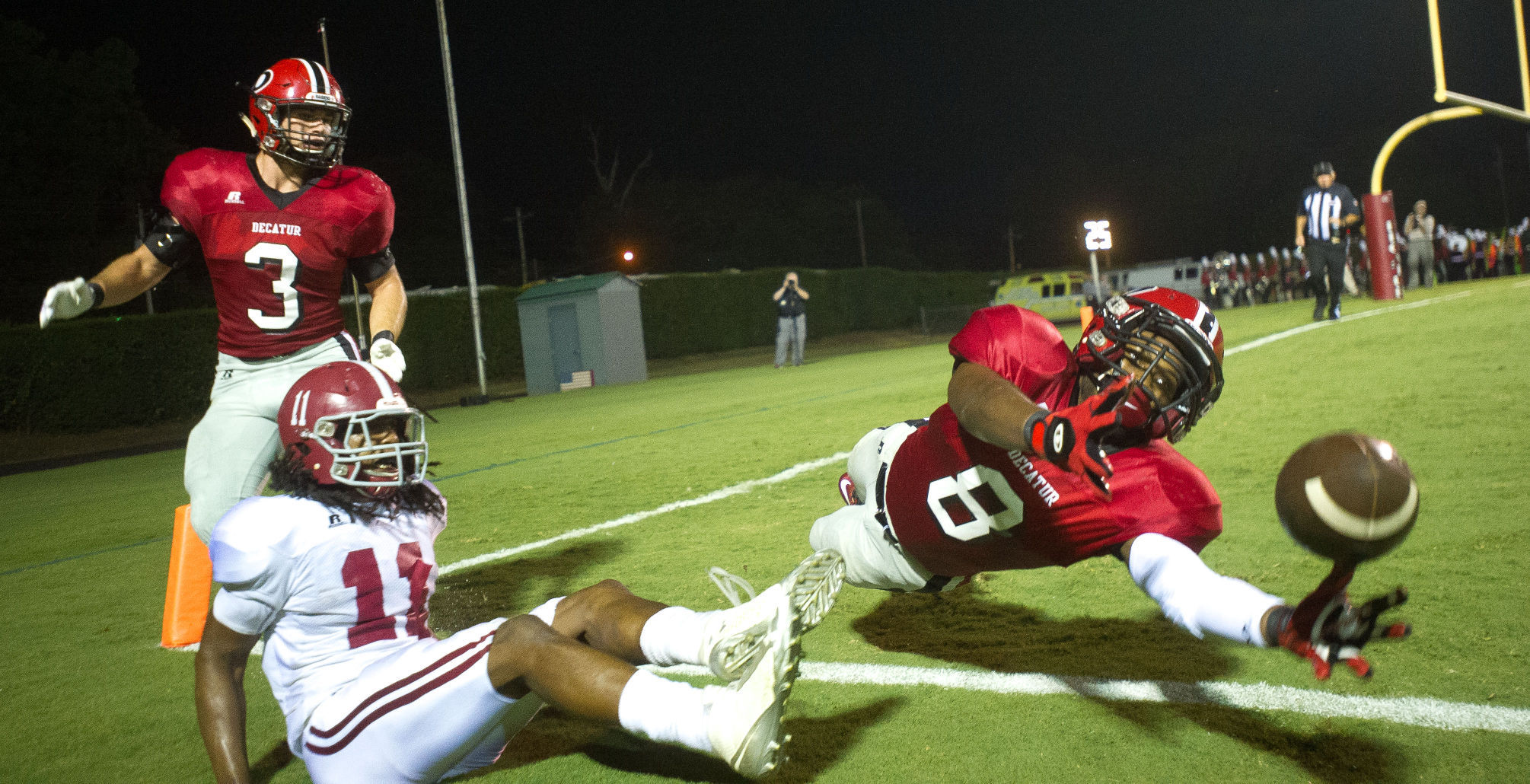What you actually said was:
"Maybe sports shooters aren't interested in wide angle lenses."
What I said in reply was:
"I'm a sports shooter and I'm definitely interested in wide angle lenses."
But the vast majority of us who are interested in WA lenses aren't interested in using them on APS-C bodies. We've got FF bodies to maximize the AoV provided by our WA lenses and we might (or might not) have cropped bodies to maximize the "reach" of our telephoto lenses, or to reduce the size/weight/cost of a specific amount of "reach".
None of us, regardless of what sensor size(s) we are using, have time to change lenses between the instant an athlete running straight towards us transitions from further than about 15-20 yards to closer than 15-20 yards from our shooting position. We don't really even have time to switch which camera we're shooting with. So we begin reaching for the "wide" body as soon as we take the last shot with the "long" body and move our right hand off the shutter button and controls, and we often start shooting even before we have time to raise the viewfinder to eye level.
My friend Gary Cosby, Jr. has had hard news photos published on the front page of the New York Times. He's had an entire photo project printed in ESPN The Magazine. He's now the chief (only one left) photographer at the Tuscaloosa News, which is owned by Gannett. A large percentage of his current assignments are pushing images from University of Alabama athletic events to Gannett's wire services. I often see him on TV coverage of Alabama football games.
Back in about 2015 he got several images, published in
his coverage of a high school game I was also at, between the time the ball was batted away by a defender and the receiver, defenders, and the ball hit the turf. At the time he was shooting this sequence, he was also rising up off his knees to get out of the way. He still didn't have the second body all the way up to his eye when the play was over. It was roughly 1.1 seconds, based on the EXIF sub-second field, between my first and last frames below. (Don't be too tough on Gary's images in terms of color. The flicker in that stadium is horrible and he was shooting straight to JPEG - his filing deadline was less than two hours after the end of the first half when this took place and there was no usable WiFi anywhere nearby back then - with a company issued Nikon that didn't have any kind of flicker reduction.)
View attachment 202491
View attachment 202492
View attachment 202489
Apologies for the cropped and downsized blurry images. I was about 30 yards away having just finished taking pictures of the band warming up for their halftime show when I saw the play, a 50+ yard pass, developing towards the other side of the field.
You can see me in this frame he grabbed a split-second before my last frame above.





